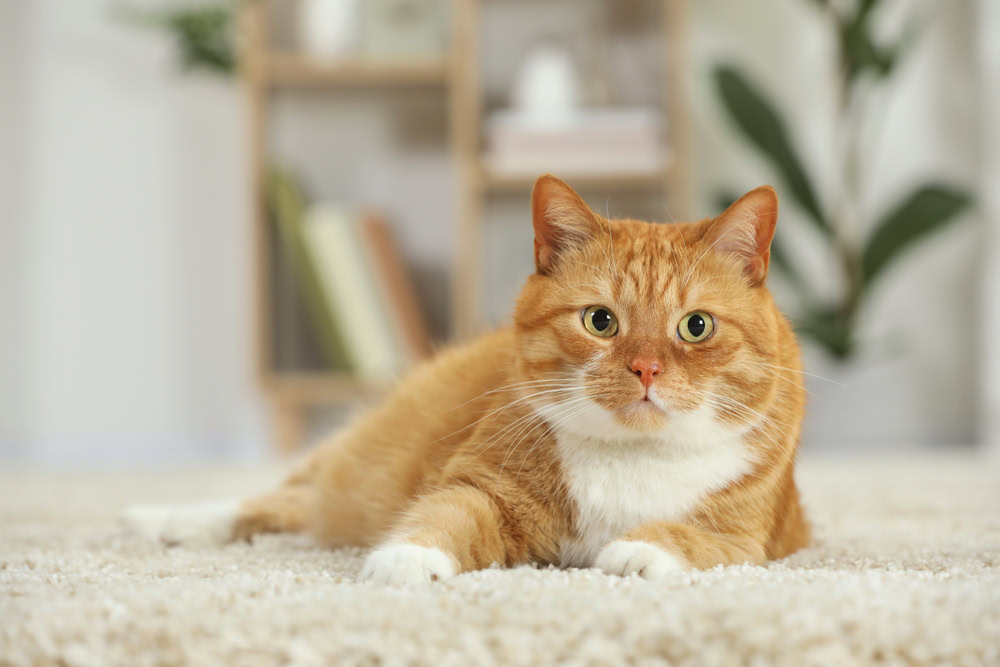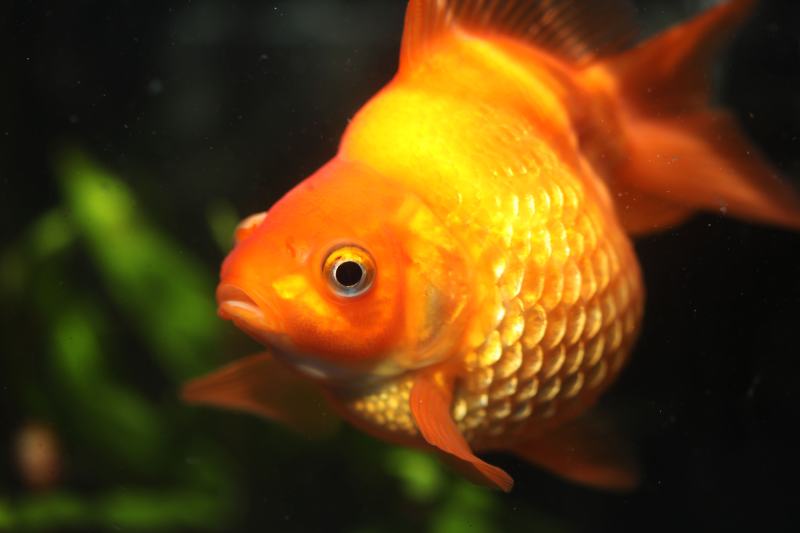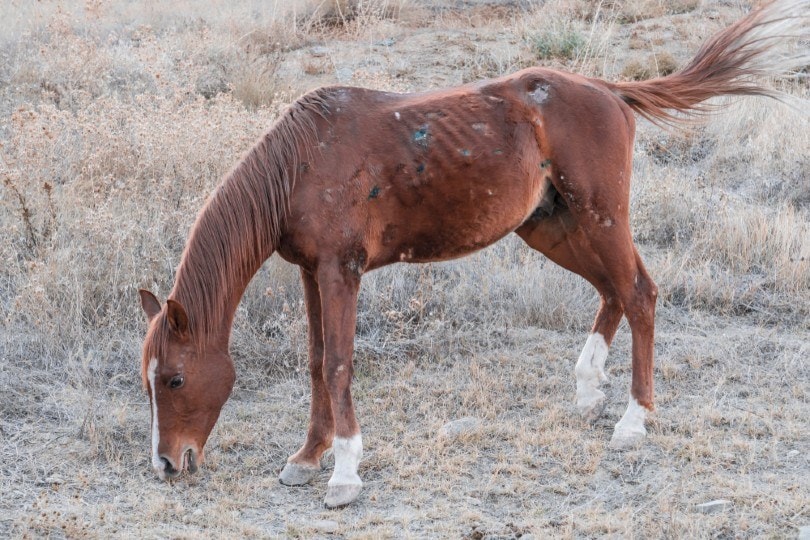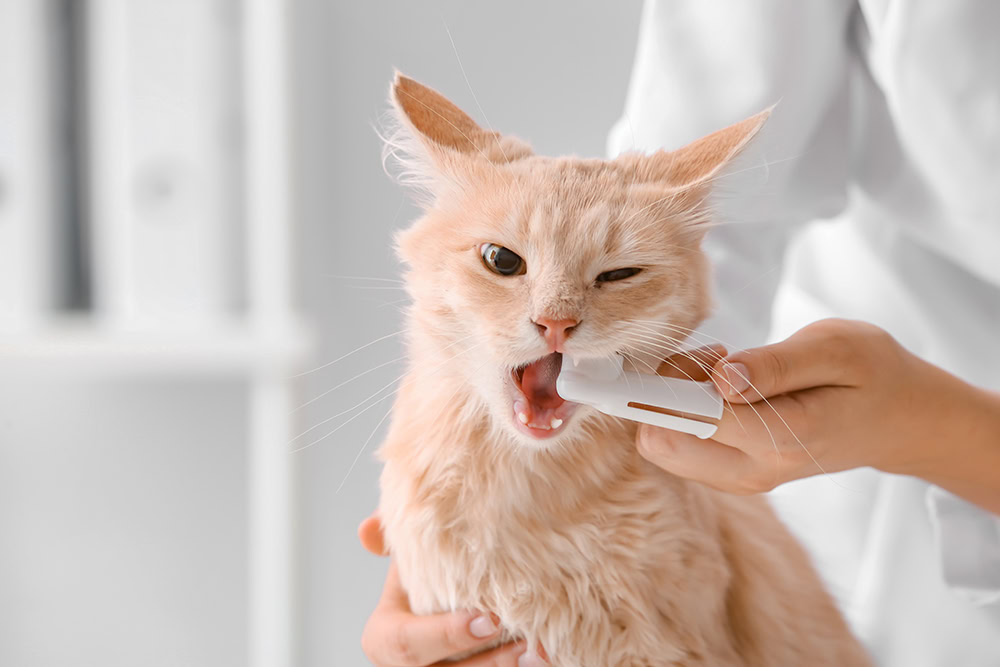VET APPROVED

The information is current and up-to-date in accordance with the latest veterinarian research.
Learn more »If you are thinking about shaving your cat for whatever reason, take a moment to reconsider. Shaving your cat is not recommended. There are several health-related reasons why shaving your cat is a bad idea. Your cat’s fur is essential to their well-being, and removing it makes it harder for them to regulate their temperature. However, there may be rare instances in which shaving your cat is necessary. If you think shaving your cat is needed, read this article to learn about the consequences.

Why Shaving Your Cat Is Not Recommended
One of the primary functions of your cat’s fur is protection. This includes protection from the weather, water, sunlight, and other elements. By stripping away your cat’s coat, they will be more prone to sunburn, inflammation, and infections.
Some cat owners mistakenly think they must shave their cats during the warmer months to keep them cool. However, this is entirely unnecessary for indoor cats and incredibly dangerous for outdoor cats. Outdoor cats need their fur as an extra layer of protection, but they also need it to regulate their body temperature.
If their fur is shaved away and they suddenly get wet or stay outside during a temperature drop, they could develop hypothermia. Not to mention, your cat’s fur helps keep them cool.
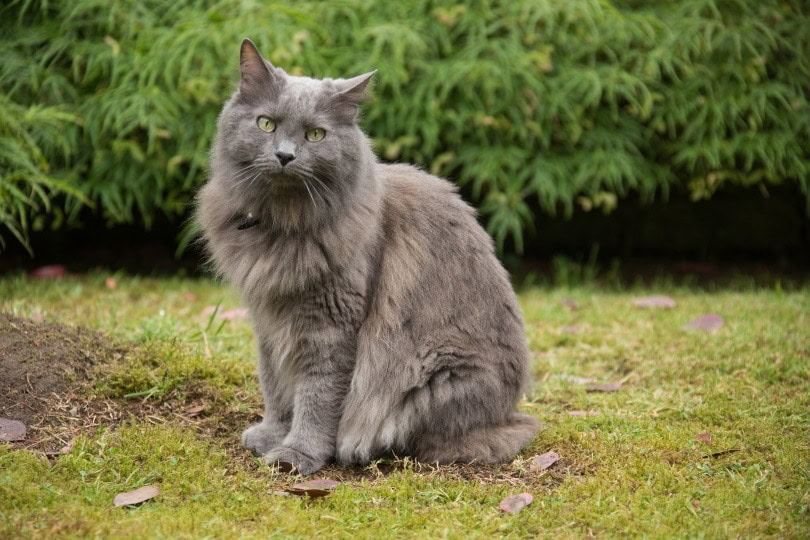
Other Reasons that Cat Fur Is So Important
Cat fur is vital for more reasons than just health-related ones. Cats’ fur is part of their body language that we use to interpret their behavior. If you have seen your cat get spooked and raise their hackles, you know how they feel. Cat fur can be a valuable tool for understanding a cat’s mental state, and shaving it off can create a communication barrier between you and your cat.
How Your Cat Might React to Being Shaved
Shaving your cat may lead to emotional repercussions as well. Immediately following the shaving, your cat may become irritable and distant. They will likely hide from you and be reluctant to be around you for a while.
Shaved cats may feel unsafe, violated, fearful, or sensitive as a result. This can lead to them becoming hyper-aware of their surroundings and uncomfortable. Depression is not an uncommon result of shaving. After being shaved, your cat may hide or stop eating.
Some other signs that your cat may display include a loss of interest in toys or people, excessive vocalization, increased sleeping, poor grooming, and urinating outside the litter box.
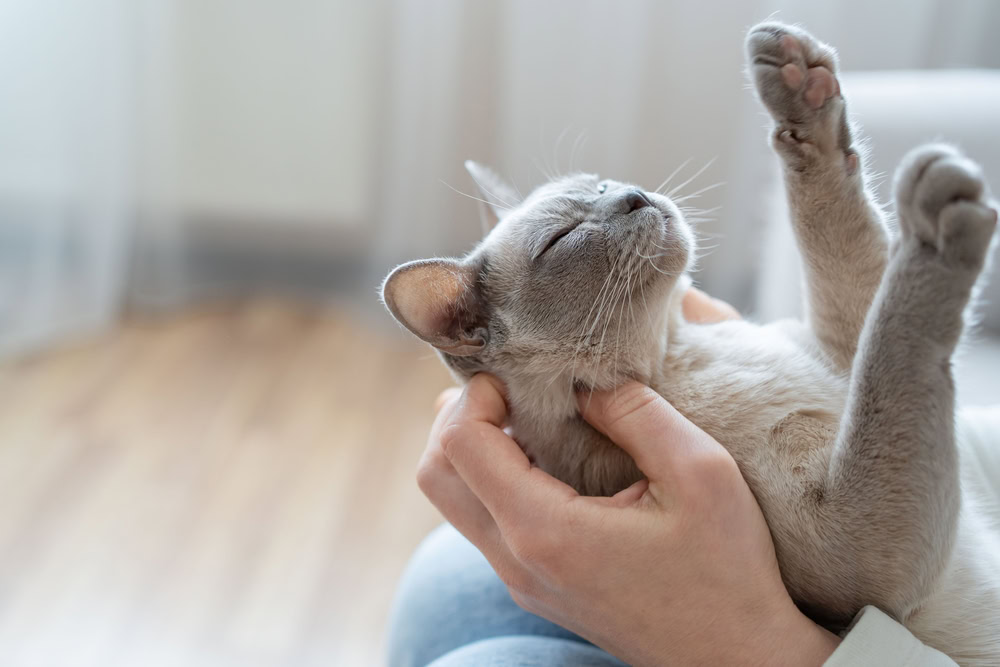
Is it Ever Necessary to Shave Your Cat?
With all of the negative consequences of shaving a cat, it may be hard to imagine any instance in which it is necessary. However, there are some. Infestations of lice or fleas may require shaving, but it is usually unnecessary. There are topical treatments for infestations, and shaving is rarely needed.
Skin infections may be another reason to shave your cat, but there are other ways to combat skin infections other than shaving. One of the most common instances where shaving may be necessary is if your cat has sustained an injury, such as a bite or a cut.
Shaving can remove the fur from the wound and prevent it from sticking inside and developing infections. However, shaving is usually limited to the area of the injury rather than the whole body. Shaving a particular area of a cat is also necessary to prepare for surgery.
In all instances, if you are ever considering shaving your cat, speak to a vet first. They can determine if shaving is necessary or not. If any area of your cat’s fur needs to be shaved, do not shave down to the skin. A cat’s skin is very delicate, and an accidental injury could occur. Plus, leaving your cat without fur protection opens them to more dangers.

Conclusion
Shaving your cat is not recommended due to the adverse effects it could have on their health, thermoregulation, and emotional state. However, there are instances in which shaving part of your cat’s fur may be necessary. In these times, it is crucial to consult your vet and take great care in trimming your cat’s hair.
Featured Image Credit: New Africa, Shutterstock
